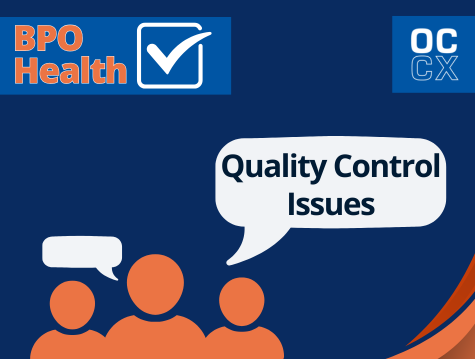
Call center pricing will vary greatly depending on your unique needs and preferences. As you being to search for an outsource call center partner, it’s important to have an understanding of how different things affect pricing so you can ultimately make the decision that’s best for your business.
This comprehensive call center pricing guide will walk you through the myriad of factors, and how each one affects costs.
Inbound vs. Outbound Call Center Pricing
Depending on your needs, call center outsourcing costs will vary. A lot depends on the specific outsourced services you’re looking for, whether outbound or inbound.
Outbound Call Center Services
These services are focused on agents reaching out to prospects and customers, with common services including:
- Telemarketing
- Lead generation
- Appointment setting
Inbound Call Center Services
Unlike outbound services, inbound BPO services mainly focus on responding to incoming customer contact, from voice, email, live chat, and social. Common services include:
- Customer service
- IT and helpdesk support
- Order processing
What Can Affect Call Center Pricing
Every organization has unique needs — and different factors will affect each call center’s pricing model.
It’s useful to understand where these variables exist, so you can ask confident questions and make informed call center pricing decisions for your organization.
Before considering any quote, consider these pricing factors:
Location
Outsourcing is defined by its borderless potential to connect businesses to quality resources. Whether you’re searching for a domestic partner or distributed call center location, costs tend to get lower the further offshore you target.
Services Offered
It’s important to be realistic about the value of the services you’re outsourcing and how they will impact your costs. Obviously, highly-technical support, requiring deeply skilled agents, will cost more than traditional, customer-focused services. Outsourcing will likely provide the greatest value, but it won’t eliminate the cost of true expertise entirely.
Language
Business services that require multilingual agents cost more, as well as language services across less common dialects. Make sure you’re factoring in the higher costs of supporting diverse language needs, as qualified agents with either multilingual or uncommon language fluency will be in higher demand.
Call Center Size
As a general rule, larger BPOs will cost more than their middle-market counterparts. Large call centers generally have more agents and resources to offer, but those overhead costs tend to impact the cost for their clients. As a leader focused on call center pricing, you’ll need to consider how important call center size is to your needs, and if you’re willing to pay extra for it.
Shared/Blended vs. Dedicated
Looking for tailored BPO expertise? You may prefer a dedicated call center vendor. Want the flexibility to quickly scale up or draw down your agent pool? A shared (or blended) call center might be your best option.
Certifications
Certain organizations may require compliance-specific accreditation from their call center provider, including FedRAMP, HIPAA, PCI DSS, and others. If compliance regulations are a priority across your call center search, make sure you’re budgeting for the cost differential.
Common Call Center Pricing Models
While call center service will always be your first priority, call center cost will likely be a close second.
Luckily, call center pricing doesn’t need to be confusing. Most BPO vendors are happy to accommodate clients with a pricing model that fits their unique needs.
Check out these common pricing models:
Per Minute
An inbound only model, per minute pricing allows customers to pay agents for only the time spent on a call. Perfect for call centers that see large fluctuations of call volume and want to optimize their call center budget.
Per Hour
For both inbound and outbound services, an hourly BPO pricing model deploys agents across a set schedule, with customers paying for total hours worked. This works great for organizations that need dedicated shifts covered for customer support.
Per Month
Contract a set number of hours for a set number of dedicated agents per month; perfect for customers with seasonal spikes or projecting near-term customer demand.
Commission
Most often used in outbound engagement, commission pricing is simply paying for performance. Instead of an hourly rate, your organization only pays if your BPO partner drives KPIs, such as leads or sales.
Hybrid
This model combines hourly base pay with commission incentives. Hybrid pricing, found in both inbound and outbound call centers, means your BPO agents receive a lower hourly rate but can still receive supplemented income or commission bonuses for meeting sales or lead targets.
Vested/Gain Share
A vested outsourcing model creates a win-win partnership between a call center partner and their customer. Instead of transactional goals, vested models aim to create relational partnerships where when one party succeeds the other party succeeds. This model is perfect if you’re looking for a long-term partnership with a vendor that has skin in the game with your business outcomes.






